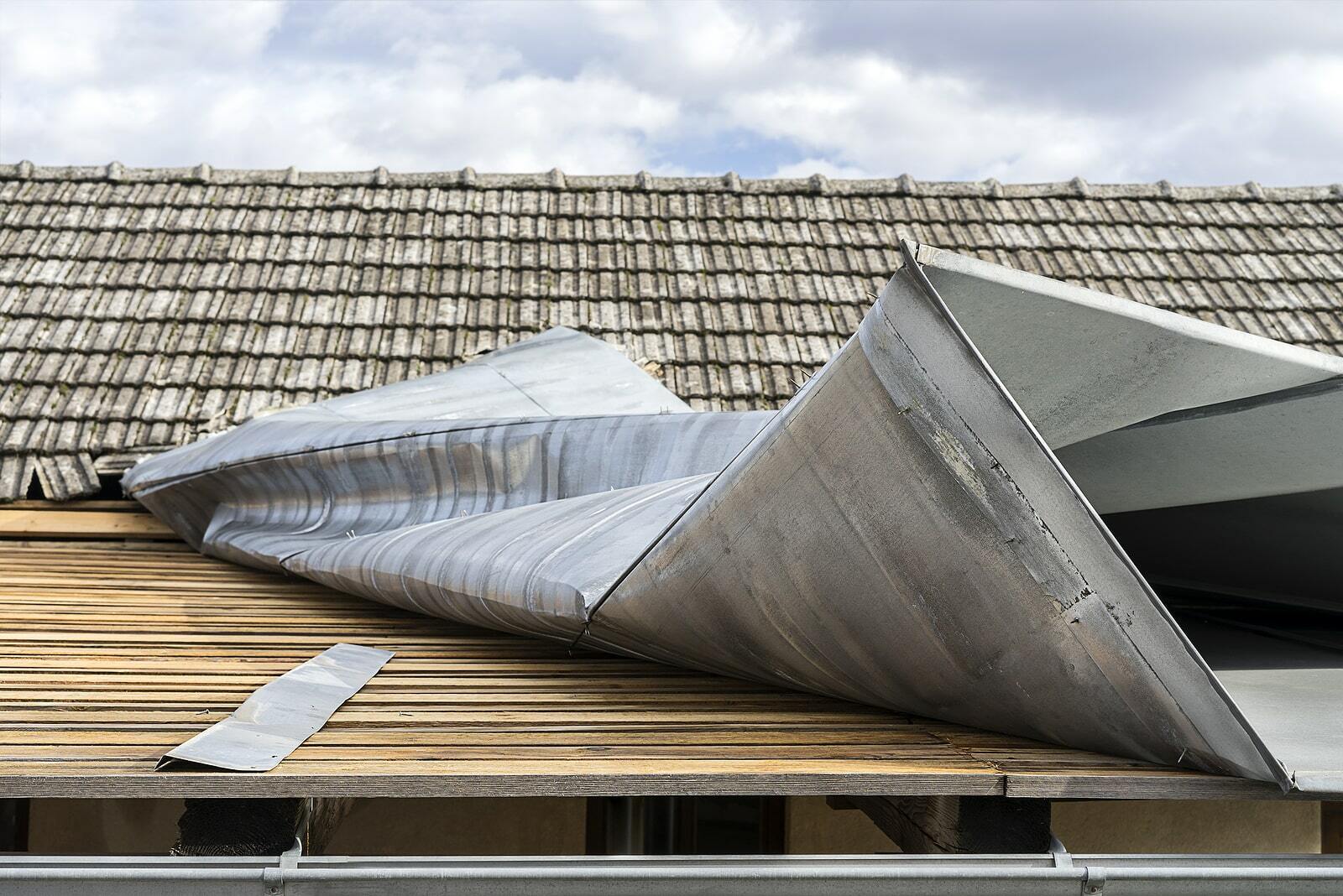

Articles
What Are The Disadvantages Of A Metal Roof?
Modified: August 24, 2024
Discover the potential drawbacks of choosing a metal roof for your home. Explore this comprehensive article and make an informed decision.
(Many of the links in this article redirect to a specific reviewed product. Your purchase of these products through affiliate links helps to generate commission for Storables.com, at no extra cost. Learn more)
Introduction
A metal roof can be a durable and long-lasting option for homeowners. It offers numerous advantages, such as energy efficiency, durability in harsh weather conditions, and recyclability. However, like any roofing material, metal roofs also have their disadvantages. In this article, we will explore the drawbacks of a metal roof to help you make an informed decision.
It’s important to note that while metal roofs may have certain disadvantages, their benefits often outweigh these drawbacks for many homeowners. Nonetheless, understanding the potential downsides is crucial in order to choose the most suitable roofing option for your specific needs and circumstances.
Let’s now delve into the various disadvantages of a metal roof.
Key Takeaways:
- Despite initial cost and potential noise, metal roofs offer long-term financial benefits, durability, and energy efficiency, making them a worthwhile investment for homeowners seeking a resilient and low-maintenance roofing option.
- While metal roofs may have limitations in style options and installation challenges, advancements in technology and proper maintenance can mitigate these drawbacks, providing homeowners with a durable and long-lasting roofing solution.
Read more: What Is The Cost Of A Metal Roof
Cost
One of the main disadvantages of a metal roof is its initial cost. Metal roofing materials tend to be more expensive than traditional asphalt shingles. The higher cost is primarily due to the cost of materials, such as steel, aluminum, or copper, which are used to manufacture metal roofs.
In addition to the higher material cost, the installation of a metal roof can also be more labor-intensive, further increasing the overall cost. The process of installing metal roof panels requires specialized skills and equipment, which can contribute to higher installation costs.
However, it’s important to consider the long-term financial benefits when evaluating the cost of a metal roof. While the upfront investment may be higher, metal roofs are known for their durability and longevity. They typically have a lifespan of 40 to 70 years, compared to the 20 to 30-year lifespan of asphalt shingles.
Moreover, metal roofs often require less maintenance and repair compared to other roofing materials, reducing the overall cost of ownership over time. Metal roofs are also energy-efficient, which can lead to savings on heating and cooling costs in the long run.
Ultimately, the cost of a metal roof needs to be weighed against its longevity and potential energy savings. It’s important to consider your budget, long-term plans for the property, and the potential return on investment when deciding whether a metal roof is the right choice for you.
Noise
Another disadvantage of a metal roof is the potential for increased noise levels. Rain, hail, and other external elements can create louder sounds when they hit a metal surface compared to other roofing materials.
This issue is more pronounced in areas with heavy rainfall or frequent storms. The sound of rain hitting a metal roof can be quite loud, which may be bothersome for some homeowners, especially during the nighttime or when trying to concentrate in quieter indoor spaces.
However, advancements in roofing technology have led to the development of soundproofing materials and installation techniques specifically designed to reduce the noise levels of metal roofs. These measures can include using insulation materials, adding sound barriers, or incorporating a layer of underlayment to help dampen the sound of impact.
If noise is a concern for you, it’s essential to consult with roofing professionals who can provide guidance on the best soundproofing options for your specific metal roofing system. By taking proactive measures during the installation process, you can minimize the noise and enjoy a quieter living environment.
It’s worth noting that while the noise may initially concern some homeowners, many find the sound of rain on a metal roof to be comforting and soothing. This aspect can be subjective and may not be a significant drawback for everyone.
Expansion and Contraction
Metal roofs are highly susceptible to expansion and contraction due to changes in temperature. When exposed to extreme heat or cold, metal roofing materials expand and contract, which can lead to potential issues.
These temperature-induced expansions and contractions can cause metal roof panels to warp, buckle, or become loose over time. This can result in gaps between the panels, compromising the roof’s integrity and allowing moisture to seep in.
In areas with fluctuating weather conditions, the constant movement of a metal roof can lead to a higher risk of leaks and other water damage. It’s important to ensure proper installation techniques are followed, including the use of expansion joints and fasteners that allow for movement without damaging the roof.
Additionally, the expansion and contraction of a metal roof can create stress on the fasteners and connections used to secure the roof panels. This can potentially lead to loosening or failure of the fasteners over time, requiring maintenance or repairs to keep the roof secure.
Homeowners considering a metal roof should consult with experienced roofing professionals who can provide guidance on the appropriate installation methods, materials, and maintenance techniques to mitigate the effects of expansion and contraction. By taking appropriate precautions and regularly inspecting the roof for any signs of movement or damage, you can help ensure the longevity and functionality of your metal roof.
It’s crucial to note that while expansion and contraction are inherent characteristics of metal roofs, proper installation and maintenance can significantly minimize the impact of this drawback.
Denting
One of the disadvantages of a metal roof is its susceptibility to denting. While metal roofing materials are typically durable and resistant to most weather conditions, they are not completely impervious to damage.
Hailstorms, falling branches, and other impact events can cause dents on a metal roof’s surface. The severity of the dents can vary, ranging from minor cosmetic issues to more significant damage that may compromise the roof’s integrity.
The likelihood of denting depends on various factors, including the thickness of the metal used, the type of metal, and the specific installation techniques employed. Thicker metal panels are generally more resistant to denting, while softer metals like aluminum can be more prone to damage.
To mitigate the risk of denting, homeowners can consider specific protective measures. One option is to choose metal roofing materials with a higher gauge, which makes them more resistant to denting. Another option is the installation of additional protective layers, such as foam or rubber padding between the metal roof and the substrate, to absorb impact and minimize potential dents.
In areas prone to severe weather conditions or frequent hailstorms, it may be worthwhile to explore impact-resistant metal roofing options that are designed to withstand more significant force without denting.
Regular inspections and maintenance are crucial to identify any dents in the metal roof and address them promptly. Prompt repairs can help prevent further damage and ensure the long-term durability and performance of the roof.
While denting is a concern for metal roofs, it’s important to balance it with their other advantages, such as longevity and durability. With proper precautions and maintenance, homeowners can minimize the risk of denting and enjoy the benefits that metal roofs have to offer.
Read more: What Is A Standing Seam Metal Roof
Lightning Strikes
One of the commonly misunderstood disadvantages of a metal roof is the potential for lightning strikes. The idea that a metal roof attracts lightning is a misconception and not supported by scientific evidence.
While it is true that metal conducts electricity, a metal roof does not increase the likelihood of a lightning strike on a building. Lightning is naturally drawn to the highest point in its vicinity, regardless of whether it’s a metal roof, a tree, or another structure.
What sets metal roofs apart is their ability to dissipate the electrical charge if a lightning strike were to occur. The metal acts as a conductor, allowing the energy from the lightning strike to safely disperse and minimize damage to the structure.
In fact, metal roofs are often considered safer than other roofing materials during a lightning storm. The non-combustible nature of metal reduces the risk of fire in the event of a lightning strike compared to roofs made of flammable materials like wood or asphalt.
To further enhance safety, metal roofs can also be grounded to provide a direct electrical pathway, should a lightning strike happen. This grounding system redirects the electrical current safely into the ground, reducing the risk of damage to the building or its occupants.
Overall, while metal roofs may have a higher potential for conducting electricity, they are not more susceptible to lightning strikes. In fact, they can offer increased safety in the event of a lightning storm compared to other roofing materials.
It’s important to consult with a professional roofer to ensure that proper lightning protection measures are in place during the installation of a metal roof to maximize safety.
When considering a metal roof, be aware that it can be more expensive upfront compared to traditional asphalt shingles. Additionally, metal roofs can be prone to denting from heavy hail or falling branches. Regular maintenance and inspections are important to ensure the longevity of a metal roof.
Slippery Surface
One of the drawbacks of a metal roof is its potentially slippery surface, especially when wet or covered in snow or ice. This slippery characteristic can pose safety hazards for homeowners or maintenance workers who need to access the roof for cleaning, repairs, or other maintenance tasks.
The smooth and slick surface of a metal roof, combined with the absence of granules or textured features found on other roofing materials, can make it more challenging to maintain traction. This can increase the risk of slipping and falling, potentially leading to injuries.
However, there are several solutions to minimize the risk of slipping on a metal roof. Roofing contractors can install non-slip coatings or add textured materials to the surface of the roof to improve traction. These measures will enhance safety and provide a more secure footing for anyone accessing the roof.
Additionally, homeowners and maintenance workers should exercise caution and use proper safety equipment when working on a metal roof. This includes wearing slip-resistant shoes or boots with good tread, using safety harnesses, and employing appropriate fall protection measures.
Regular maintenance, including removing debris, snow, or ice from the roof, can also help reduce the slipperiness of a metal roof. Keeping the surface clean and clear of any potential hazards will minimize the risk of accidents.
It’s important to note that while a metal roof may have a slippery surface, taking proper precautions and implementing safety measures can mitigate the associated risks. By ensuring a safe working environment, homeowners and maintenance personnel can effectively address this potential disadvantage.
Maintenance
Maintenance is an essential aspect when considering a metal roof as it requires regular upkeep to ensure its longevity and performance. While metal roofs are generally durable and low-maintenance compared to other roofing materials, they still require attention over time.
One of the maintenance tasks for a metal roof is to inspect and clean it regularly. Debris, such as leaves, branches, or dirt, can accumulate on the surface, potentially causing damage or hindering the roof’s drainage system. Regular cleaning will help prevent these issues and keep the roof in optimal condition.
Another maintenance aspect is checking for and repairing any loose or damaged panels, flashing, or sealants. Metal roofs are exposed to various weather conditions, which can cause fasteners or sealants to loosen over time. It’s important to inspect the roof periodically to identify any potential areas of concern and address them promptly to prevent leaks or further damage.
In addition, metal roofs may require re-painting or re-coating after several years to maintain their aesthetic appeal and protection against corrosion. The frequency of re-coating may vary depending on the type of metal used and the environmental conditions the roof is exposed to.
Regular inspection by a professional roofer is advisable to detect any potential issues early on and ensure proper maintenance. Roofing professionals have the knowledge and expertise to identify any signs of wear, damage, or areas that require attention.
While maintenance is a necessary aspect of owning a metal roof, it is typically less demanding and costly compared to other roofing materials. The durability and longevity of a well-maintained metal roof often outweigh the maintenance requirements, making it a popular choice among homeowners.
To ensure the longevity of your metal roof and minimize the need for extensive maintenance, it is vital to follow the manufacturer’s guidelines, consult with roofing professionals, and address any issues promptly.
Limited Style Options
One of the disadvantages of a metal roof is that it offers limited style options compared to some other roofing materials. Metal roofs are mainly available in panels or shingles, and the design choices may be more restricted compared to materials like asphalt shingles or clay tiles.
The design options for metal roofs typically revolve around different panel profiles, finishes, and color choices. While these options can still provide a visually appealing roof, they may not offer the same variety of styles and textures as other materials.
Additionally, metal roofs may not be suitable for certain architectural styles or historic homes that require specific roofing aesthetics. If maintaining the original or traditional look of a home is a priority, exploring alternative roofing materials may be necessary.
However, it’s important to note that advancements in metal roofing technology have expanded the range of available styles and finishes, offering more options to homeowners. Some manufacturers offer metal roofing products that mimic the appearance of other materials, such as slate or wood shakes, providing greater design flexibility.
When considering a metal roof, it’s essential to consult with roofing professionals or designers who can guide you in selecting the best style options to complement your home’s architecture and your personal preferences.
While the style options may be limited for a metal roof, it’s crucial to weigh this factor against the superior durability, energy efficiency, and longevity that metal roofs offer. Ultimately, the choice between style options and the long-term benefits of a metal roof will depend on your priorities and aesthetic preferences.
Read more: How To Seal Metal Roof
Heat Absorption
One of the potential disadvantages of a metal roof is its tendency to absorb and retain heat. Metal is a highly conductive material, and when exposed to direct sunlight, it can quickly become hot.
This heat absorption characteristic can lead to higher indoor temperatures, especially in warm climates or during hot summer months. It may result in increased cooling costs as your air conditioning system needs to work harder to maintain a comfortable indoor environment.
However, it’s important to note that advancements in metal roofing technology have addressed this issue to some extent. Many metal roofs now come with special coatings or reflective finishes that help to reduce heat absorption and improve energy efficiency. These coatings reflect solar radiation, reducing the amount of heat transferred to the interior space.
Another factor to consider is the installation of proper insulation and ventilation in your attic or roof space. Adequate insulation can help minimize heat transfer from the roof into your home, while proper ventilation allows hot air to escape, preventing heat buildup.
Homeowners can also explore cool roof options, which are designed to reflect more sunlight and absorb less heat. Cool metal roofs use light-colored pigments or reflective coatings to minimize heat absorption and improve energy efficiency.
When considering a metal roof, it’s important to evaluate the climate in your area and discuss your options with roofing professionals. They can provide guidance on the best practices, materials, and coatings to minimize heat absorption and optimize energy efficiency.
It’s worth noting that while heat absorption can be a concern with metal roofs, their overall durability and longevity make them an attractive option for many homeowners. By taking appropriate measures to address heat transfer, you can enjoy the benefits of a metal roof while minimizing the potential drawbacks.
Installation Challenges
One of the disadvantages of a metal roof is that its installation can be more challenging compared to other roofing materials. Metal roofs require specialized knowledge, skills, and equipment, making it essential to work with experienced roofing professionals.
The installation process for a metal roof involves precise measurements, careful handling of large panels or shingles, and proper sealing and fastening techniques. Improper installation can lead to a variety of issues, including leaks, loose panels, or gaps that allow water to penetrate the roof.
Moreover, working with metal roofing materials requires a certain level of expertise in dealing with the unique characteristics of metal, such as its expansion and contraction due to temperature changes.
It’s important to choose a reputable roofing contractor who has a proven track record in installing metal roofs. Their expertise ensures that the installation is done correctly, minimizing the risk of future problems and maximizing the performance and durability of your roof.
Furthermore, the installation of a metal roof can be more time-consuming compared to other roofing materials. The precise measurements, cutting, and fitting of metal panels or shingles require attention to detail and precision. This extended installation time may lead to increased labor costs.
However, it’s crucial to recognize that the challenges of installation are outweighed by the long-term benefits of a professionally installed metal roof. Metal roofs are known for their durability, longevity, and resistance to weather elements when installed correctly.
Before embarking on a metal roof installation, it’s essential to thoroughly research and engage in detailed discussions with roofing contractors. Obtain multiple quotes, ask for references, and ensure that they have the appropriate expertise in metal roof installation.
Overall, the installation challenges associated with metal roofs are manageable when approached with proper planning and by working with experienced professionals. With the right team, your metal roof can be installed effectively, providing you with a durable and long-lasting roofing solution.
Conclusion
While a metal roof offers numerous advantages, it’s important to consider the potential disadvantages before making a decision. Understanding these drawbacks allows homeowners to make an informed choice that aligns with their specific needs and preferences.
The cost of a metal roof may be higher compared to other roofing materials, but its durability and longevity often make it a worthwhile investment in the long run. Noise can be a concern for some, but advancements in soundproofing techniques have mitigated this issue.
Expansion and contraction due to temperature changes can lead to challenges, but proper installation and maintenance can minimize the risk of damage. Denting is a potential drawback, but precautions can be taken to reduce its occurrence.
Contrary to popular belief, metal roofs do not attract lightning strikes and, in fact, can provide enhanced safety during lightning storms. While the surface of a metal roof can be slippery, safety measures can be put in place to mitigate the risk.
Maintenance is necessary to maximize the lifespan of a metal roof, but it is generally less demanding compared to other roofing materials. Limited style options should also be considered, but advancements in technology have expanded the range of choices available.
Heat absorption can be a concern, particularly in warmer climates, but coatings and insulation can help minimize its impact. Lastly, installation challenges are present, but with the assistance of experienced professionals, these challenges can be overcome.
In conclusion, a metal roof offers numerous benefits that outweigh its disadvantages for many homeowners. By understanding and addressing these drawbacks, homeowners can make an informed decision about whether a metal roof is the right choice for their specific needs. With proper installation, maintenance, and consideration of the associated factors, a metal roof can provide long-lasting protection and peace of mind for years to come.
Frequently Asked Questions about What Are The Disadvantages Of A Metal Roof?
Was this page helpful?
At Storables.com, we guarantee accurate and reliable information. Our content, validated by Expert Board Contributors, is crafted following stringent Editorial Policies. We're committed to providing you with well-researched, expert-backed insights for all your informational needs.
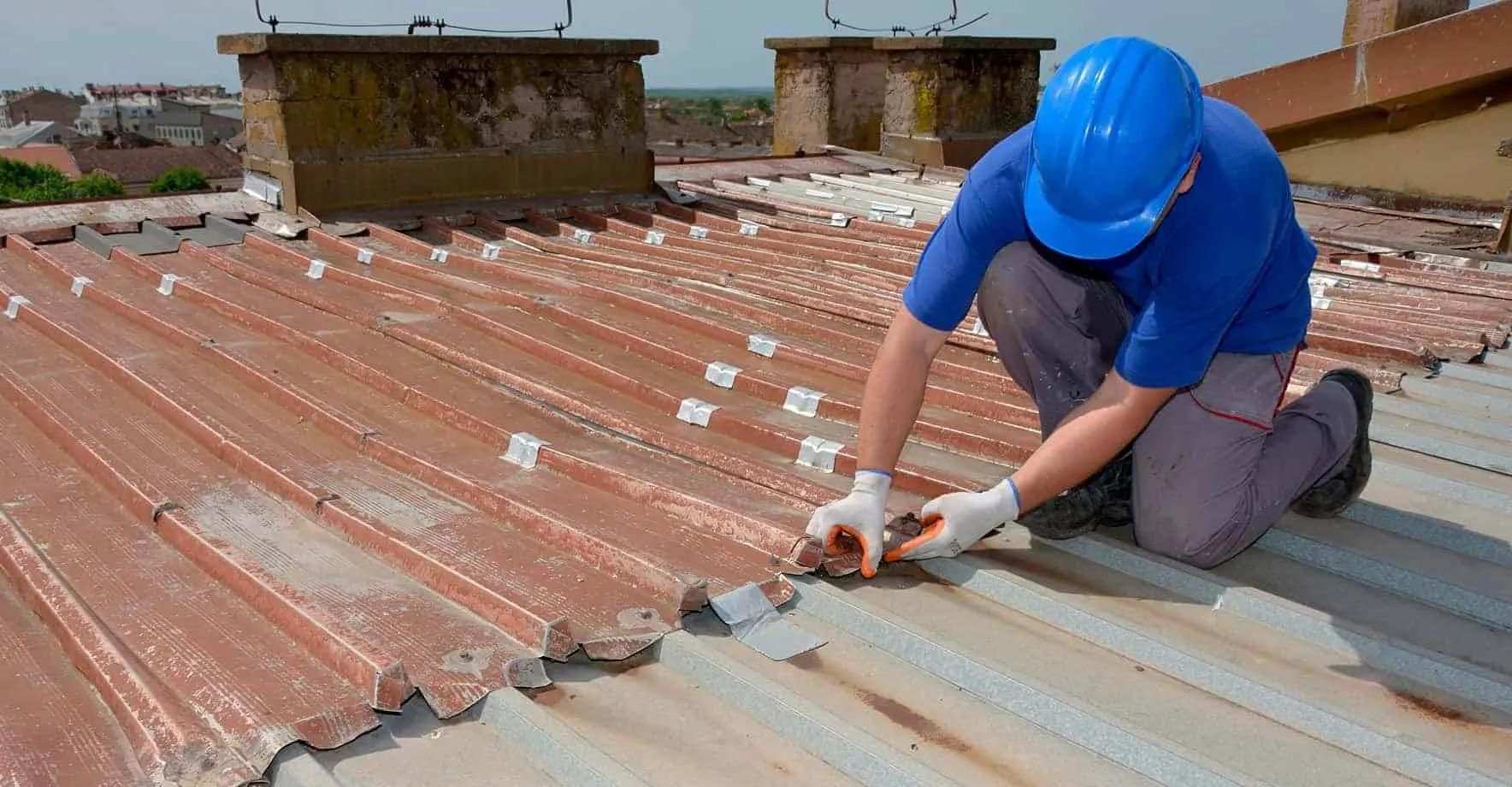
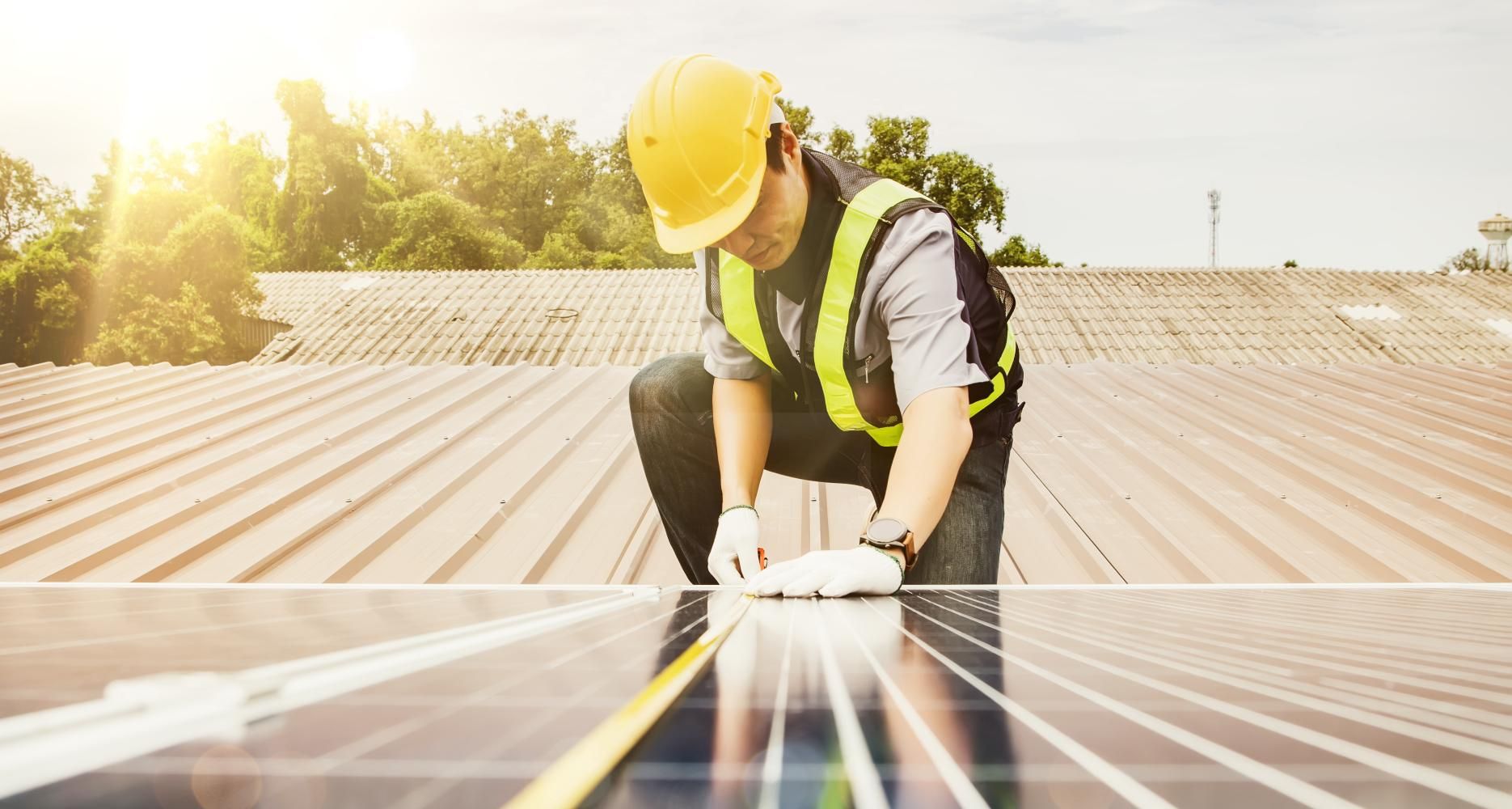
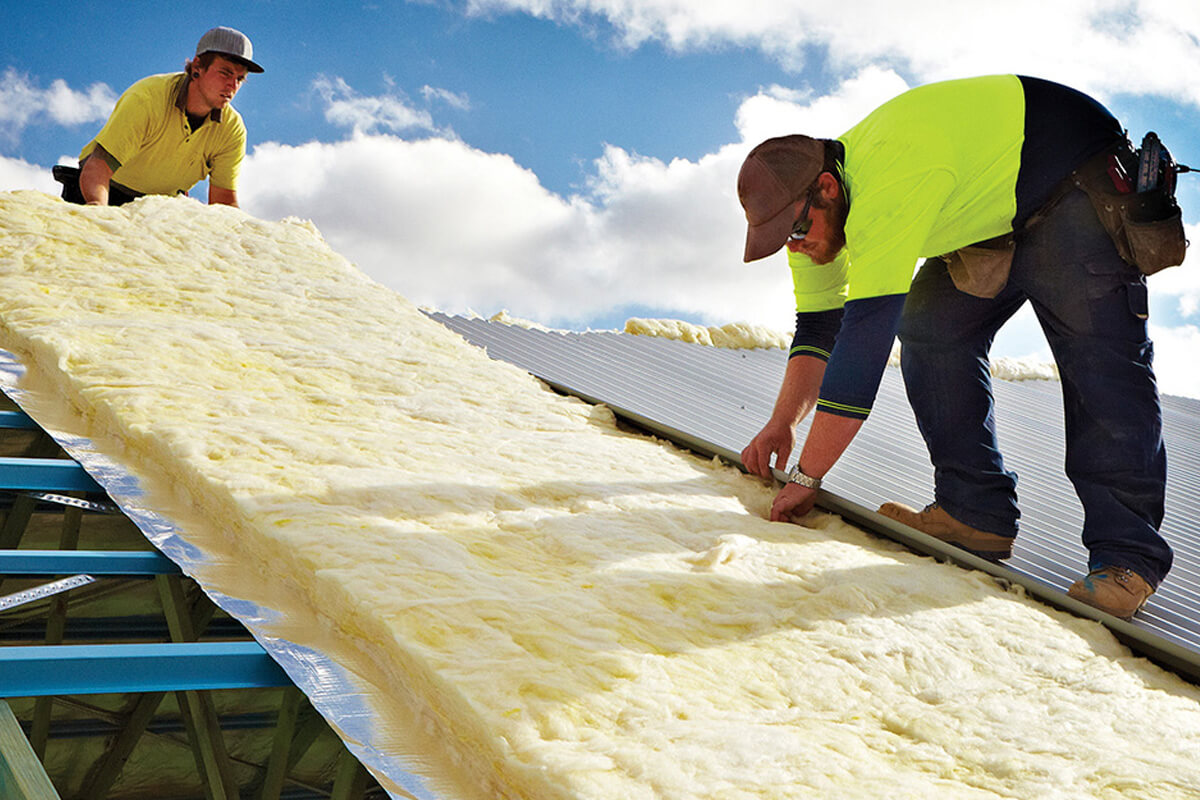
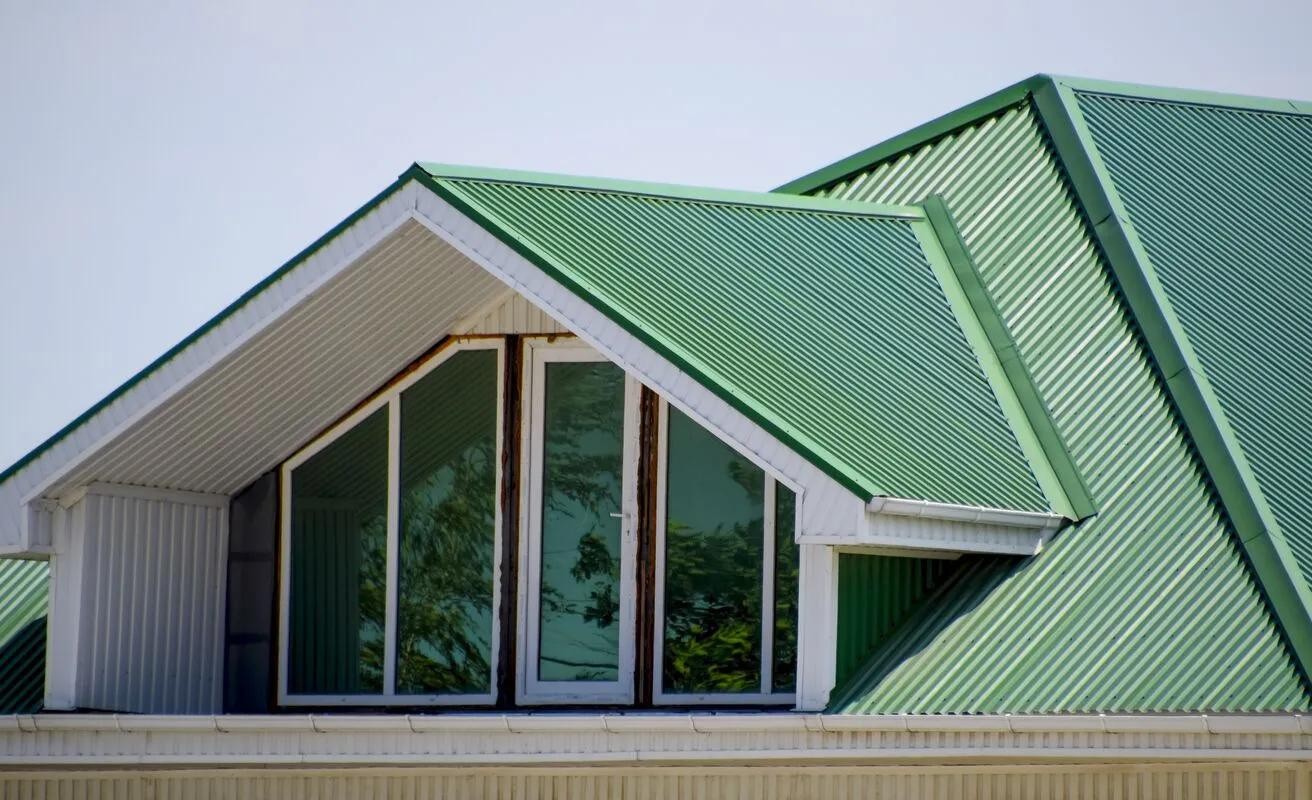
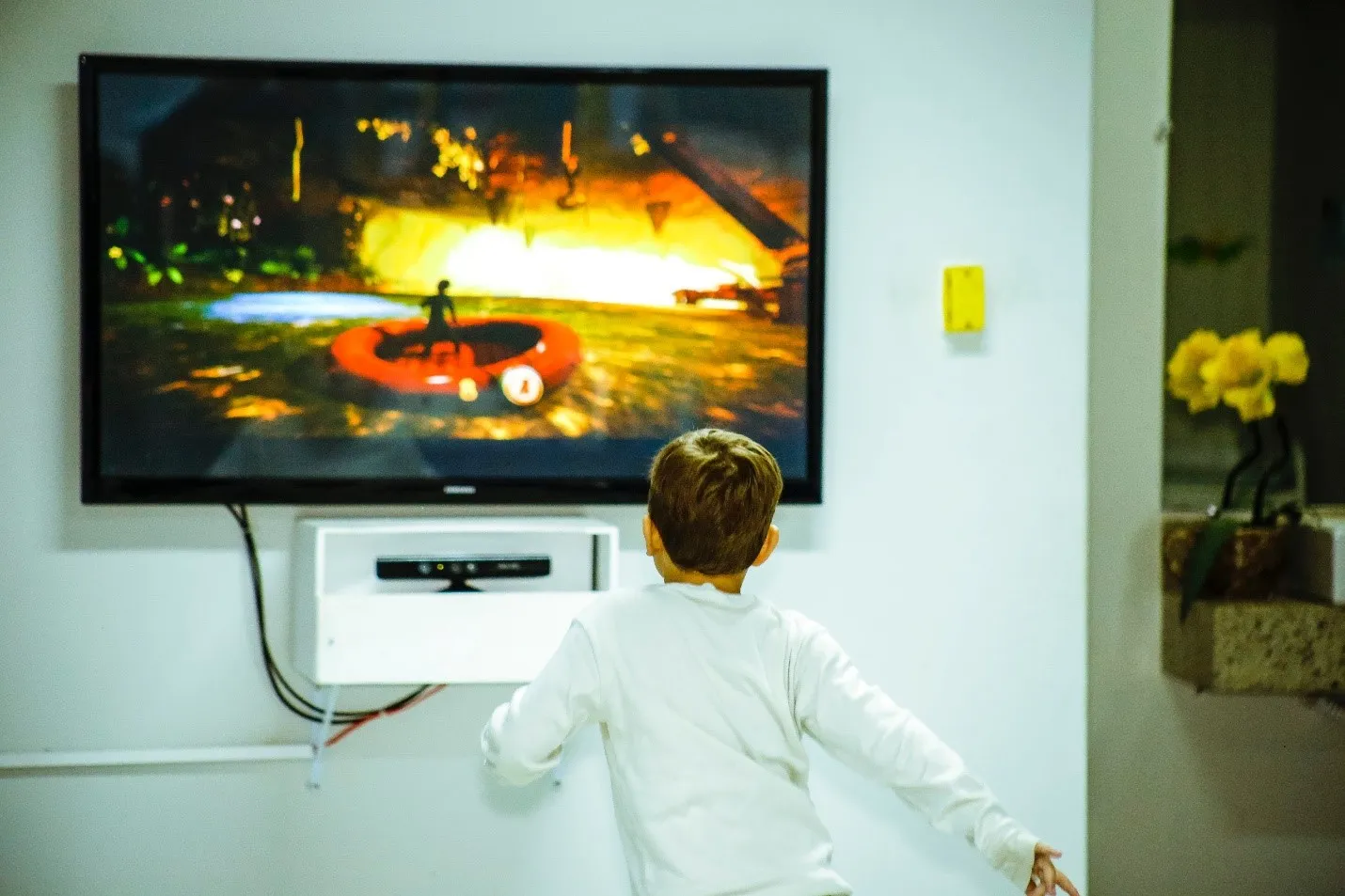
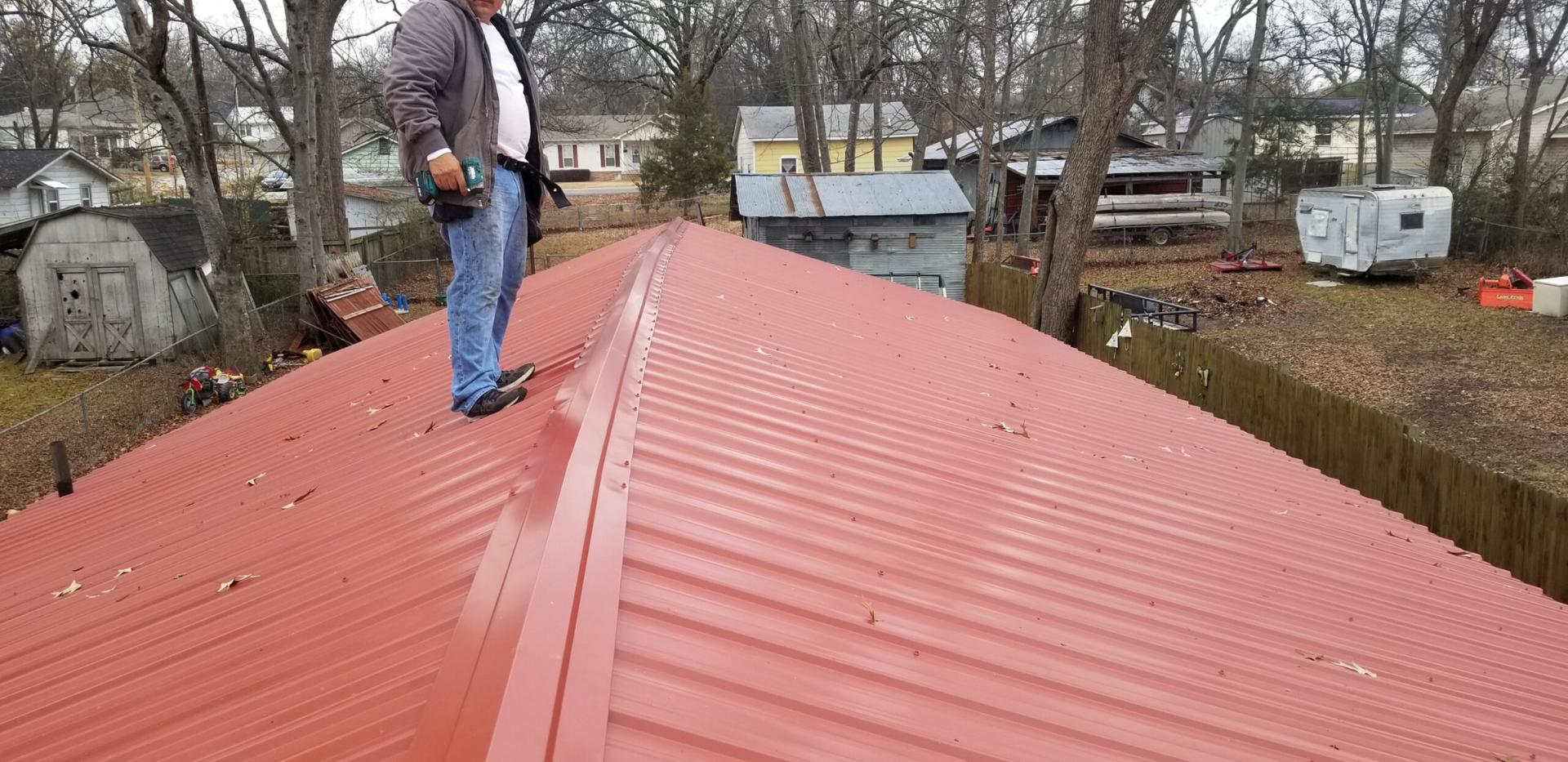
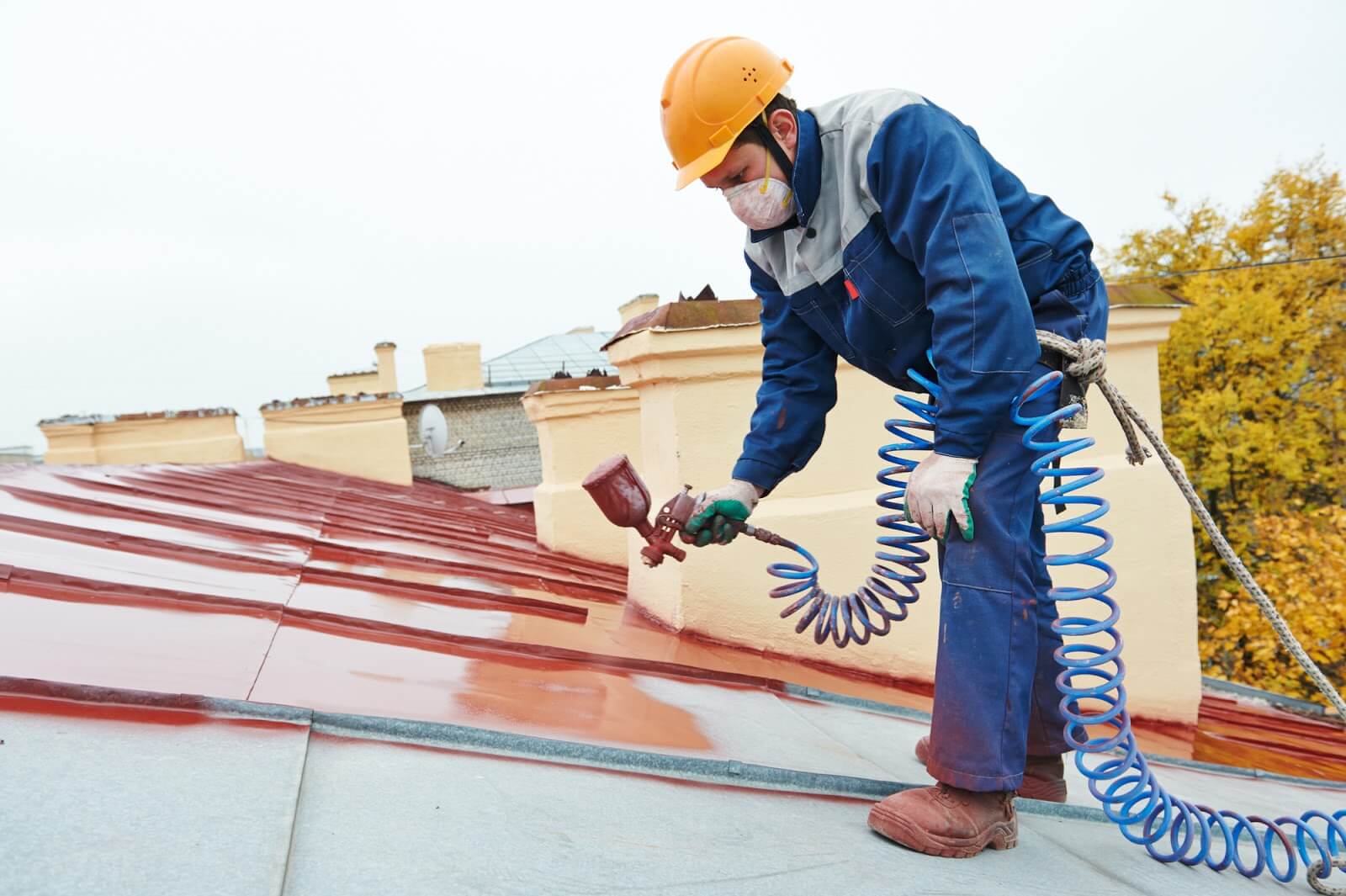
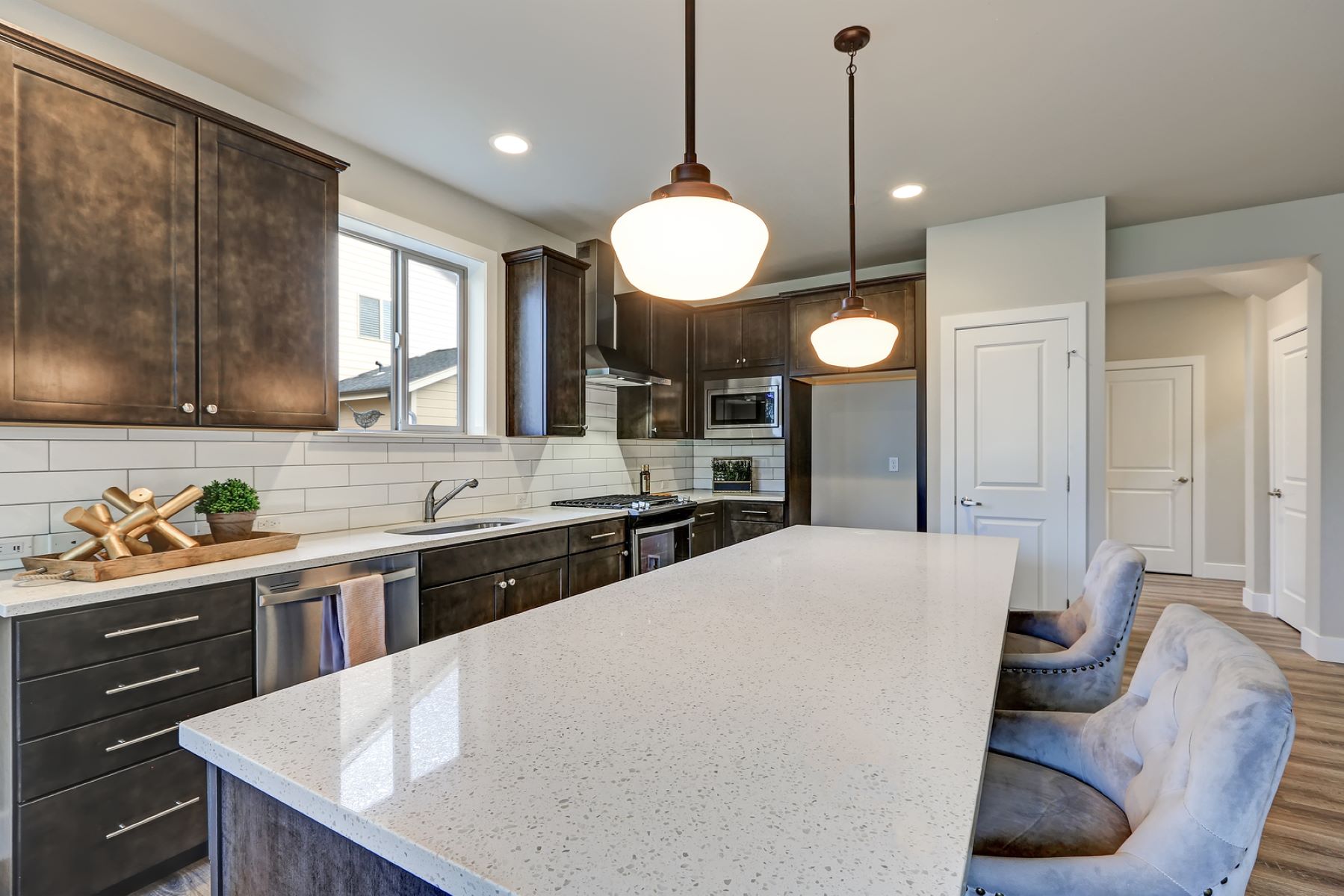
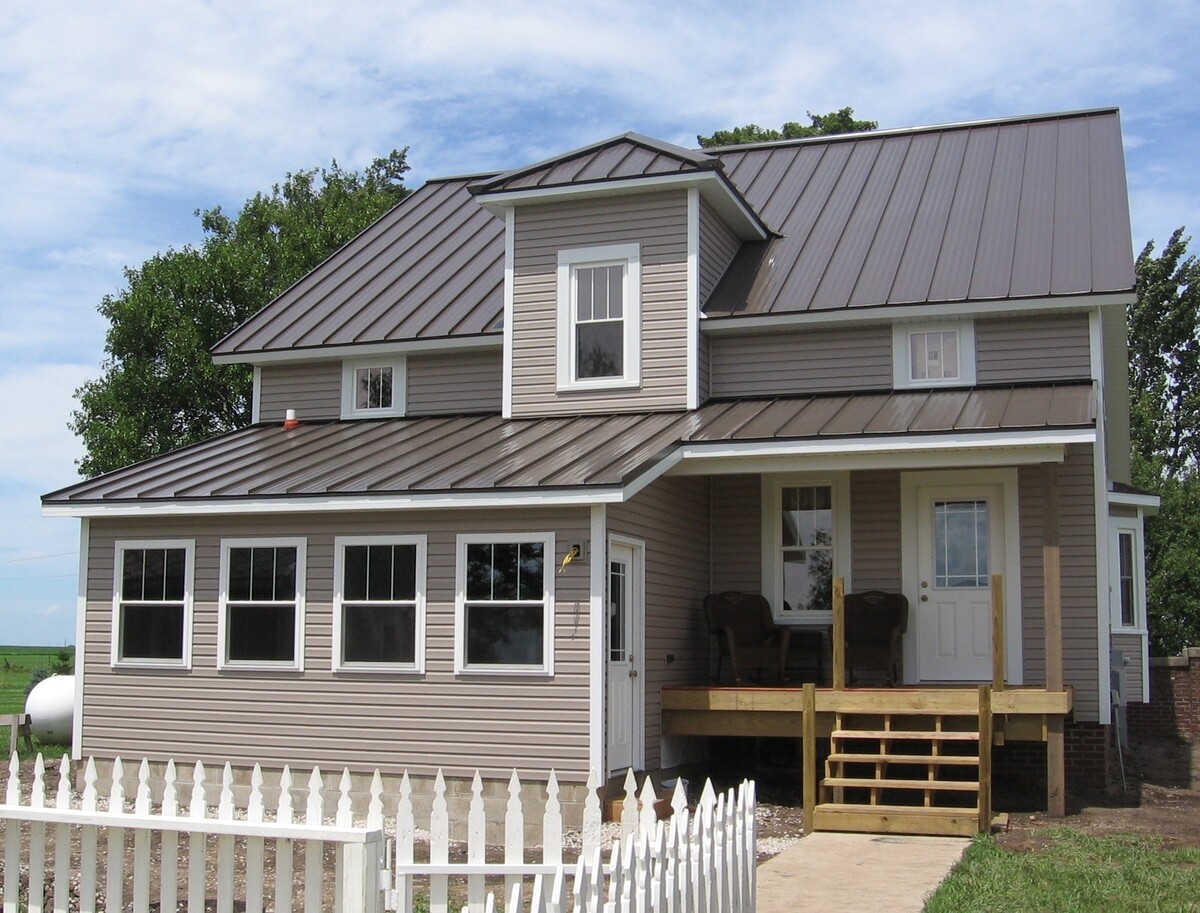

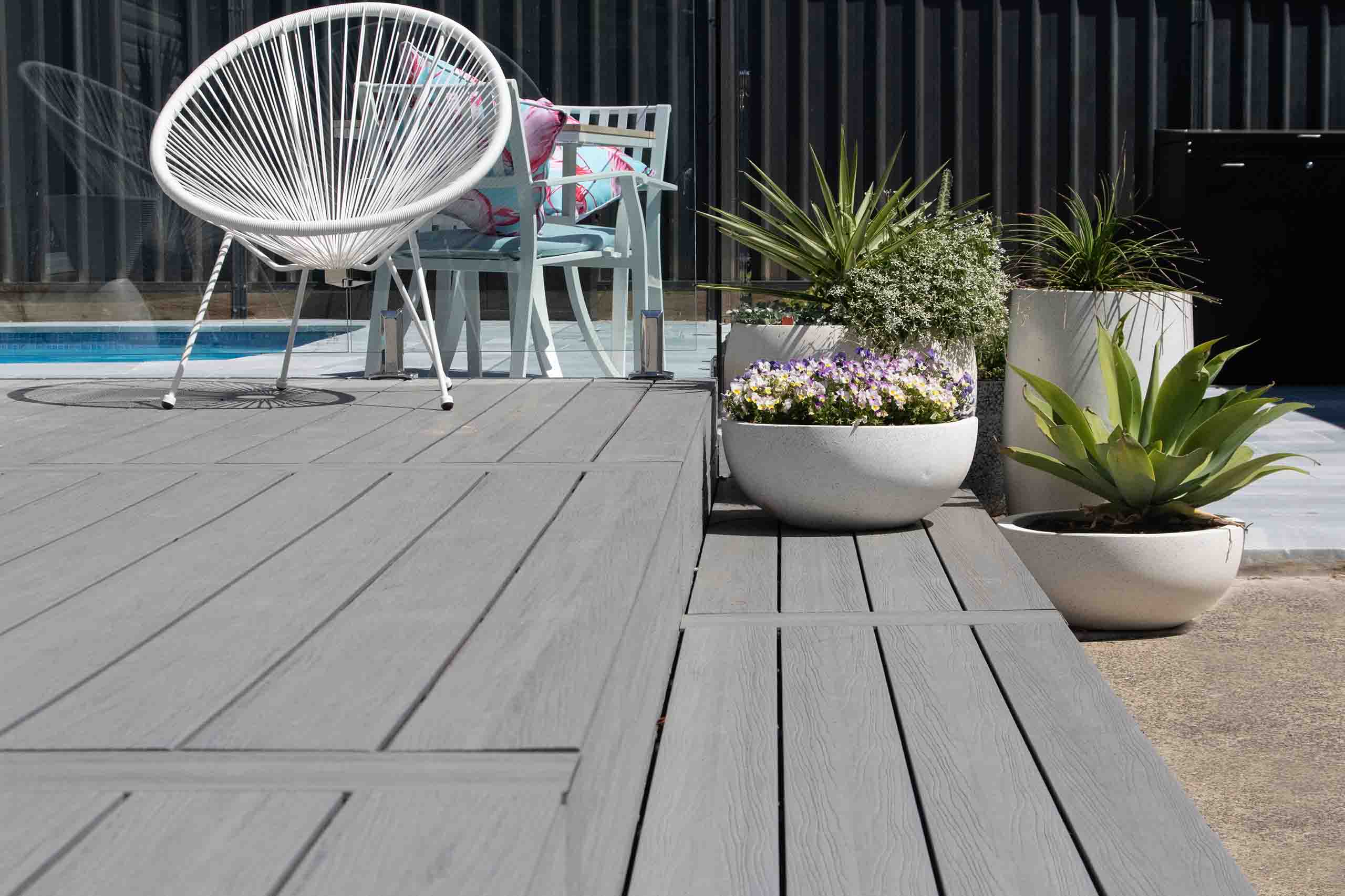
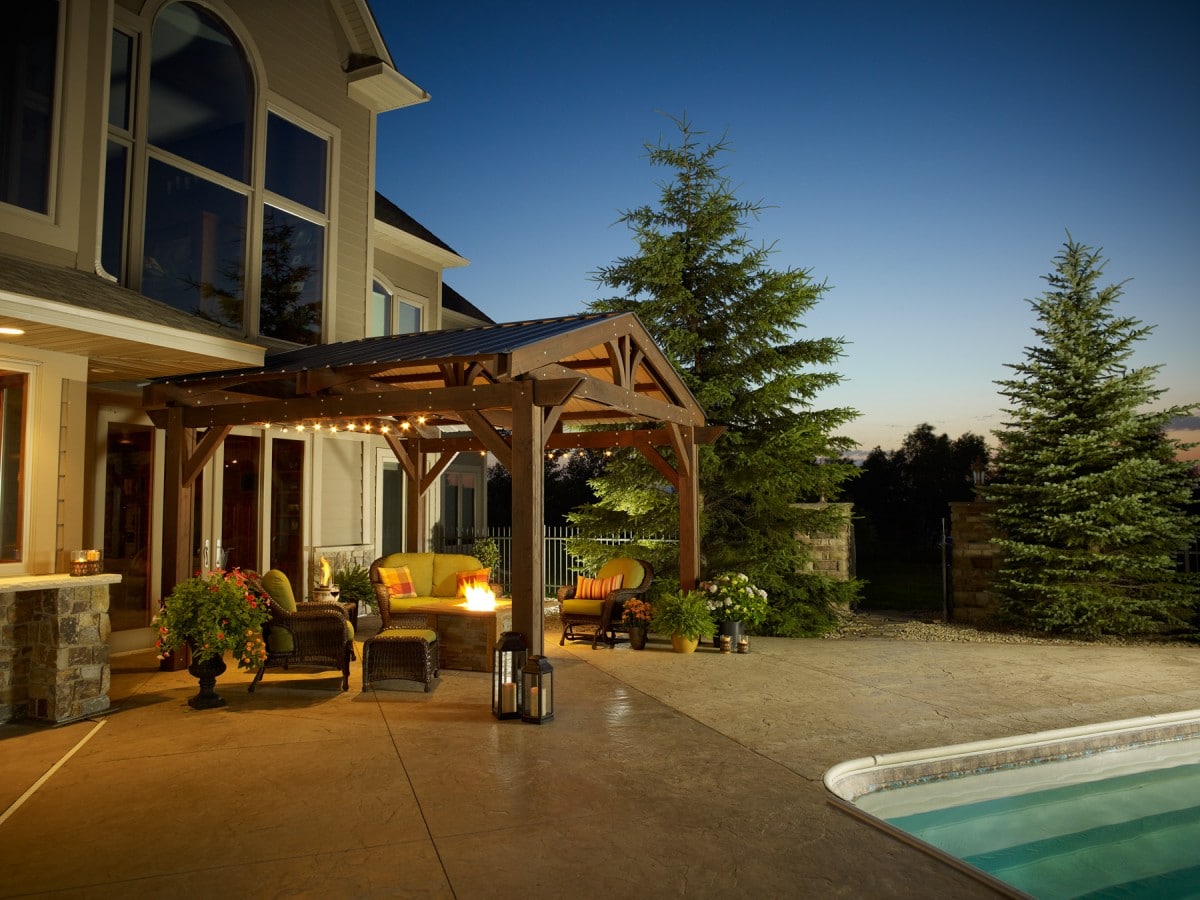
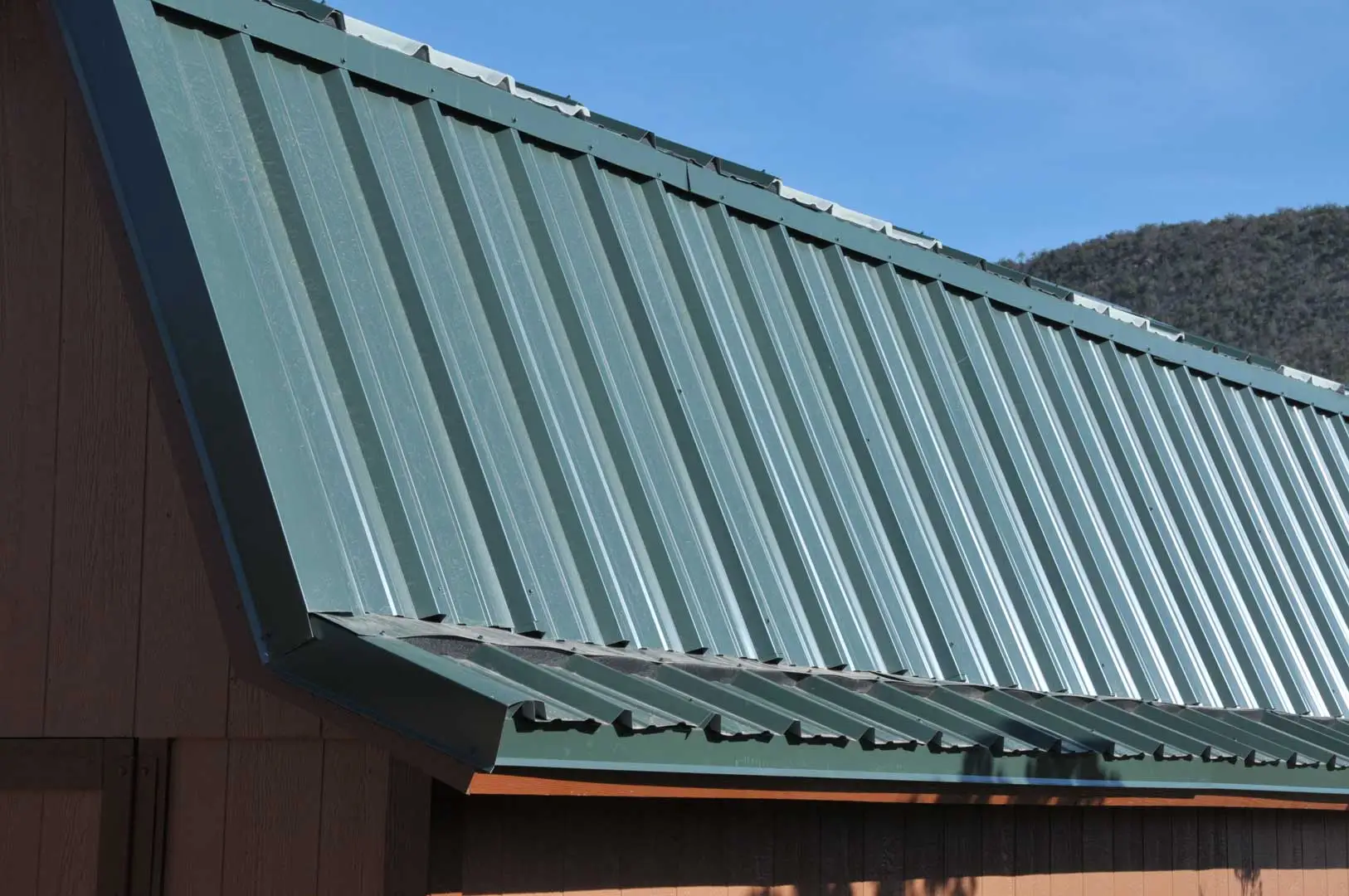

0 thoughts on “What Are The Disadvantages Of A Metal Roof?”